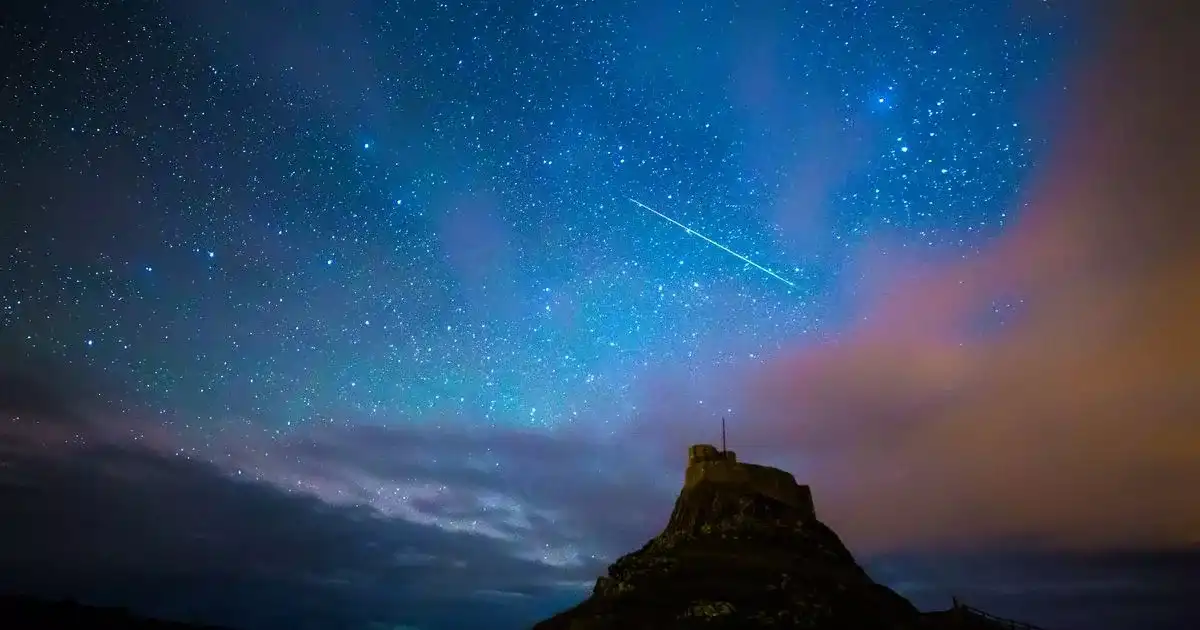Geminid meteor shower peak tonight, light up skies
Final meteor shower of the year to light up the skies this week, but cloudy skies could hinder visibility.
The final meteor shower of the year is set to illuminate the skies this week, but unfortunately, cloudy skies over Northumberland may hinder stargazers from witnessing this spectacular event. The Geminid meteor shower, a December tradition, is expected to reach its peak on the night of December 13 and may continue into the early morning of December 14 in our region. Northumberland International Dark Skies Park, which recently celebrated its tenth anniversary, is renowned as one of the best locations in the country to observe celestial events, with as many as 150 meteors potentially visible per hour, peaking around 7:30 pm.
Adding to the allure, the moon is entering a new phase, resulting in exceptionally dark skies that could enhance the visibility of the meteor shower. However, the Met Office has forecasted a cloudy evening at the time of writing, potentially obstructing the view for eager stargazers.
The Geminids are derived from a rocky asteroid called 3200 Phaethon, which has a comet-like orbit and was first observed in 1862. These meteoroids, small pieces of interplanetary debris, appear to radiate from near the bright star Castor in the Gemini Constellation.
The Royal Observatory in Greenwich notes that the Geminids are unique in that they can display a variety of colors, including white, yellow, green, red, and blue. This colorful display is partly due to the presence of trace metals such as sodium and calcium, similar to the materials used in fireworks.
Dan Pye, director of astronomy and science communication at Kielder Observatory, described the Geminids as an active meteor shower, ranking as the second busiest event of the year, after the Perseids in August. He advised stargazers to venture away from areas with light pollution to maximize their chances of spotting meteors, emphasizing that darker skies reveal more stars and meteors that would otherwise be obscured by light pollution.
For optimal meteor viewing, it is recommended to visit a dark sky location with clear weather and lie flat on your back with feet facing south, allowing for an unobstructed view of the sky. Additionally, preparation for cold weather is essential, as stargazers may need to endure chilly temperatures during their meteor-watching expeditions.
Photographers have captured stunning images of the Geminids Meteor Shower, including a breathtaking photo of a shooting star streaking across the sky behind the iconic Sycamore Gap, and a spectacular image of numerous meteors hurtling through space as a backdrop to the tree. These captivating visuals serve as a testament to the awe-inspiring nature of the Geminid meteor shower.
The Geminids are observable worldwide due to their nearly 24-hour peak duration, and individuals in the UK are encouraged to seek out a viewing location between six and 7 pm. For those new to stargazing, it is important to allow time for your eyes to adjust to the night sky, enhancing the visibility of the meteors and creating a more immersive viewing experience.











Comments on Geminid meteor shower peak tonight, light up skies